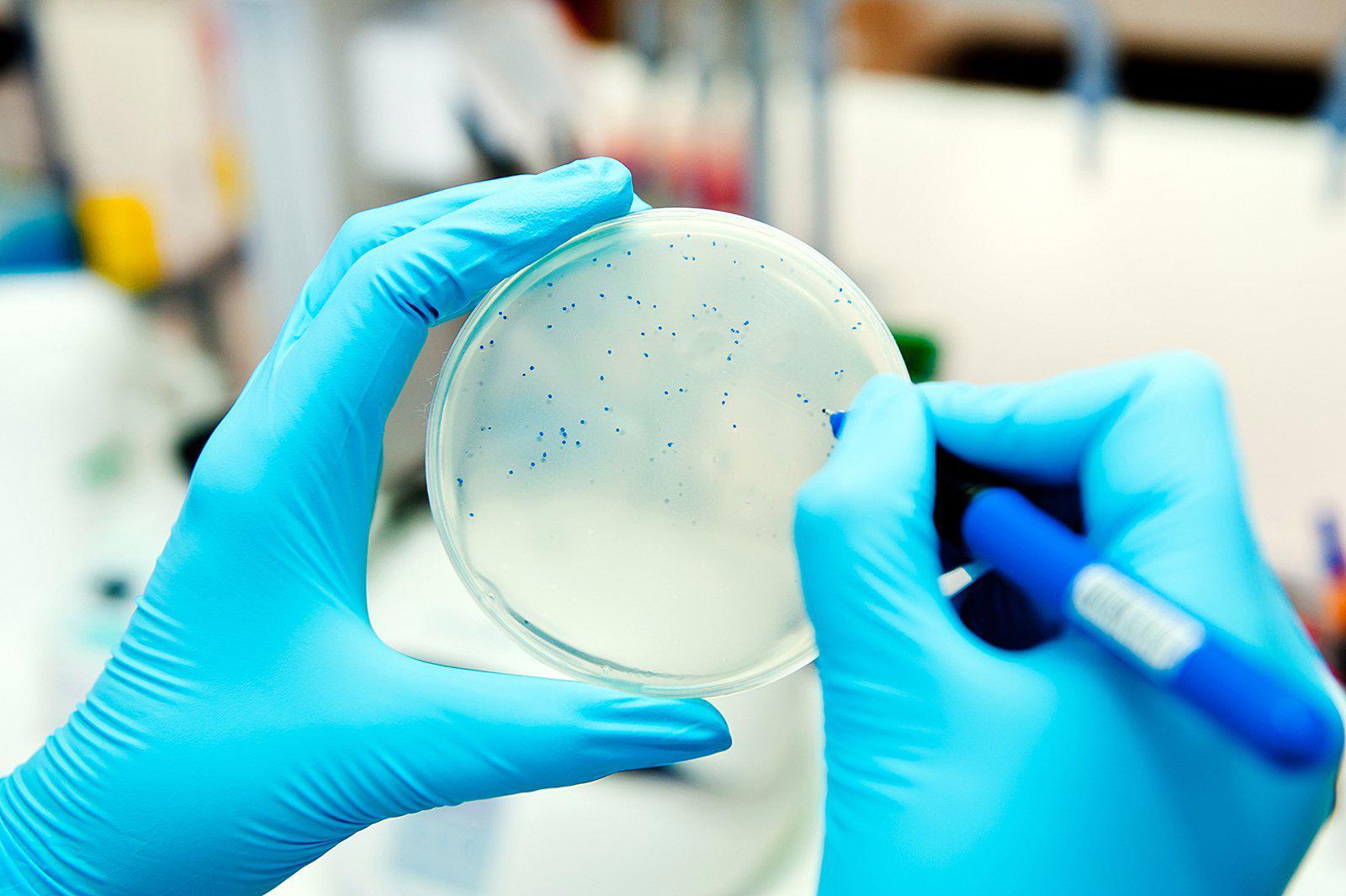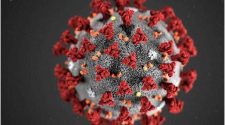Chronic and recurrent bacterial diseases are often resistant to treatment because of biofilms.
Biofilms possess a matrix to create a fortress made up of protein and extracellular DNA contributed by the bacteria. These fortresses protect groups of bacteria from the immune system — and even from antibiotics. Common biofilm-related diseases include infections of the ear, sinus and urinary tract.
These diseases affect a sizable number of people each year. According to the American Academy of Pediatrics, more than 5 million children in the United States suffer an ear infection in a year. The Department of Health and Human Services estimates that half of all women will have at least one urinary tract infection in a year.
For 11 years, researchers Lauren Bakaletz and Steve Goodman have been working to understand and dismantle biofilms. In the past year, they have discovered and published in the Proceedings of the National Academy of Sciences how a “linchpin” protein stabliizes the biofilm structure. Even more exciting, they have developed a technology that targets that protein to rapidly disrupt the biofilms in preclinical models. This technology, described in an EBioMedicine article, can also prevent biofilms from forming.
The technology was tested in a preclinical model of otitis media (ear infection) in the recent publication. But the researchers say that it has worked on every type of biofilm tested. This is because the approach attacks an underlying structural component that is part of all biofilms.
The biofilm’s structure is intricate and complex, but it relies on the DNAB II family of proteins. When you remove this linchpin, the biofilm collapses, leaving the newly released bacteria open to the attacks of the immune system and antibiotics.
Bakaletz and Goodman have shown over the years that once the biofilms are taken down, the bacteria are susceptible to small amounts of antibiotics that would not have otherwise impacted the infection. This feature has the potential to go a long way in protecting our antibiotic supply.
The Centers for Disease Control and Prevention estimates that 2.8 million antibiotic-resistant infections occur in the United States each year. Reducing the use of antibiotics for chronic infections can help prevent increases in antibiotic-resistant strains.
This novel approach offers an opportunity to shift the paradigm for clinical management of a multitude of diseases characterized by hard-to-treat biofilms that evade effective intervention today. The next step is to see if these same results are observed in clinical trials.
The technology described in the study has been licensed to Clarametyx Bioscience Inc., a preclinical-stage biotechnology company developing targeted, immune-enabling biologic therapies to counter persistent infections associated with biofilms. Bakaletz and Goodman are co-inventors of the technology and co-chairs of the Clarametyx scientific advisory board.
Abbie Roth is managing editor of Pediatrics Nationwide and Science Communication at Nationwide Children’s Hospital.


















